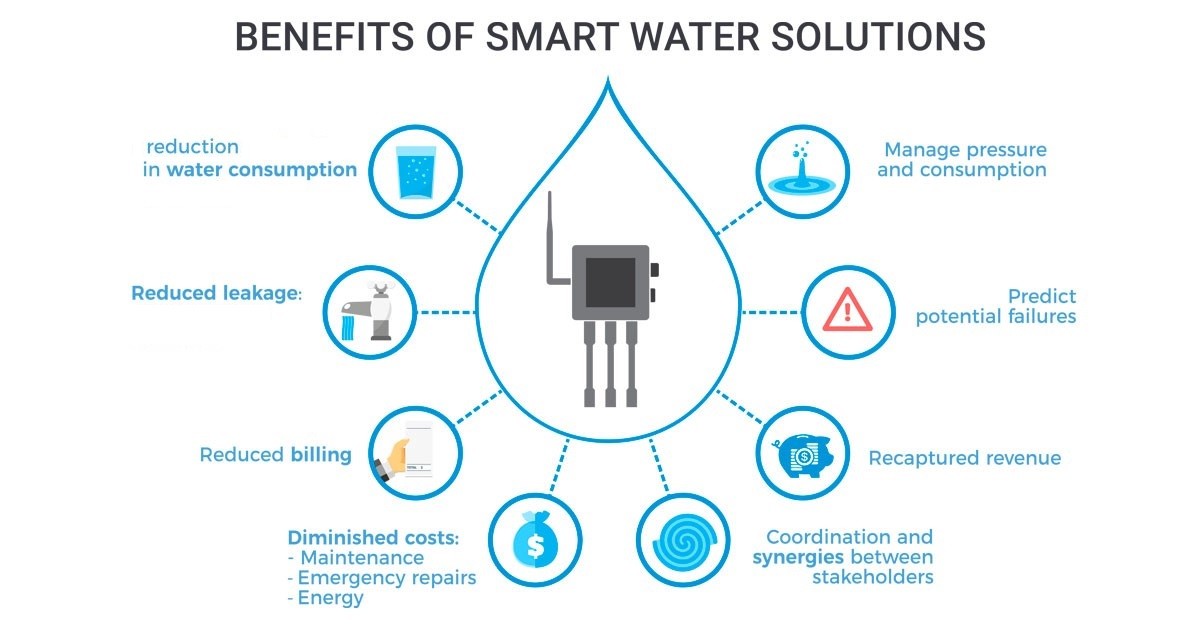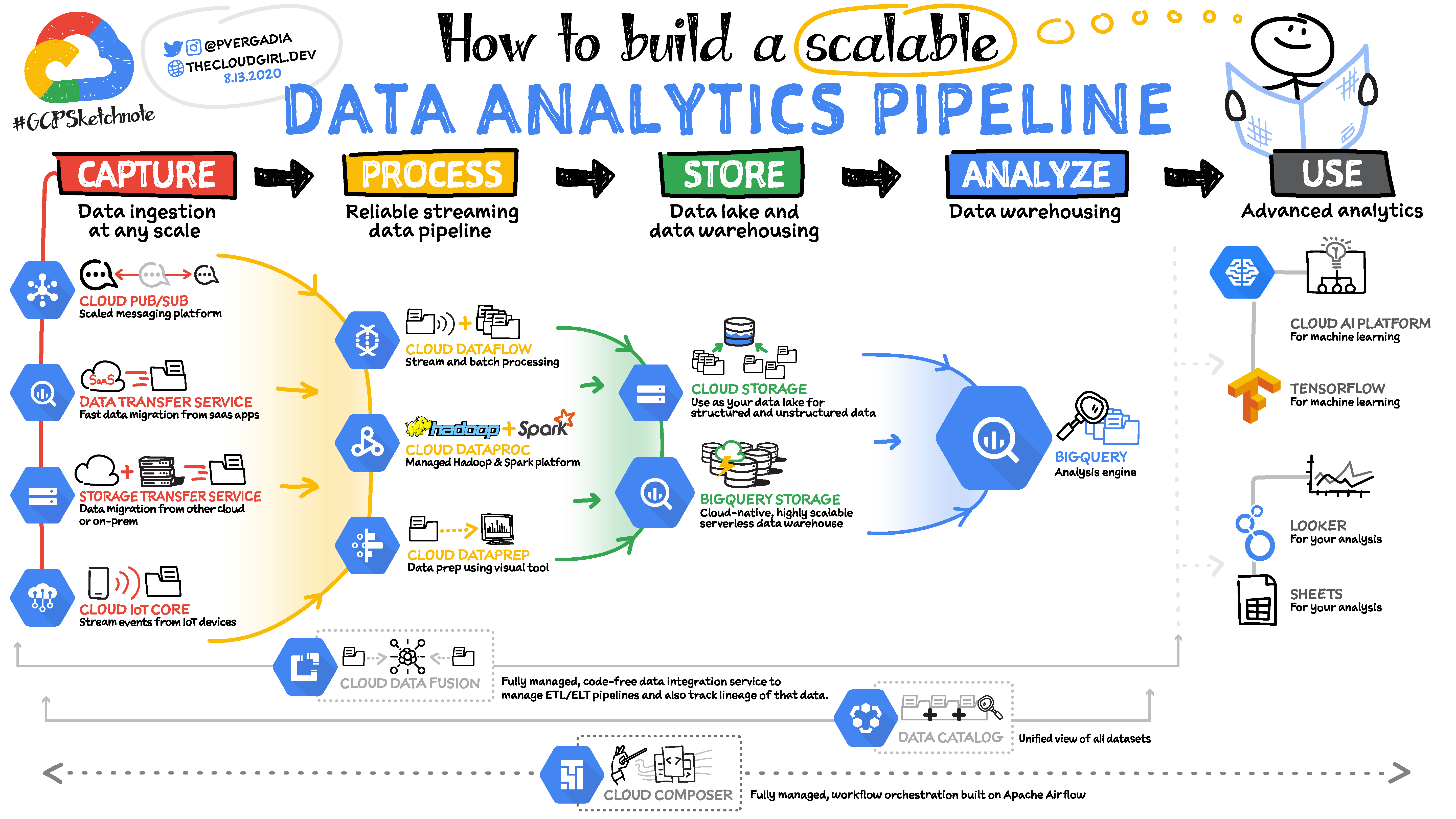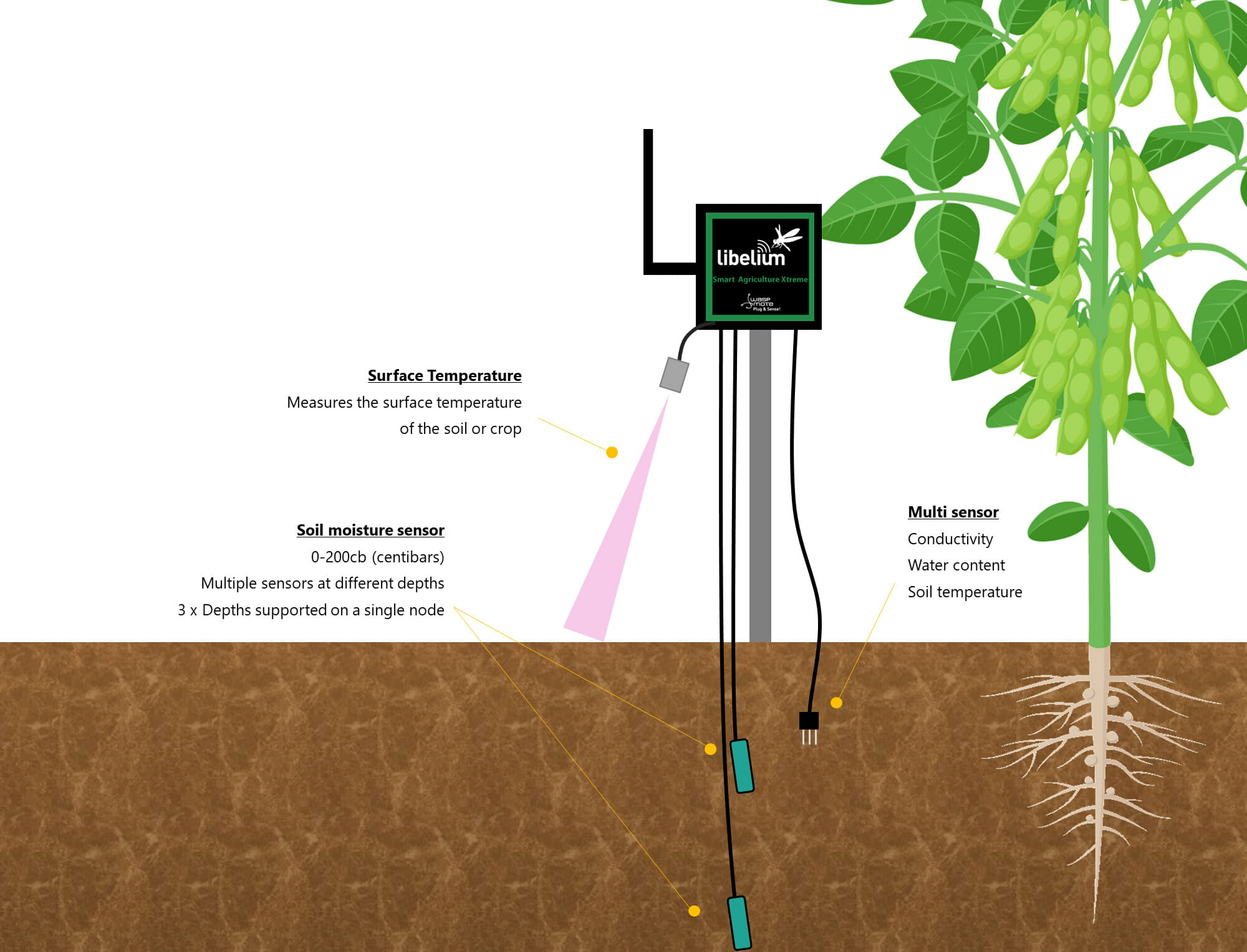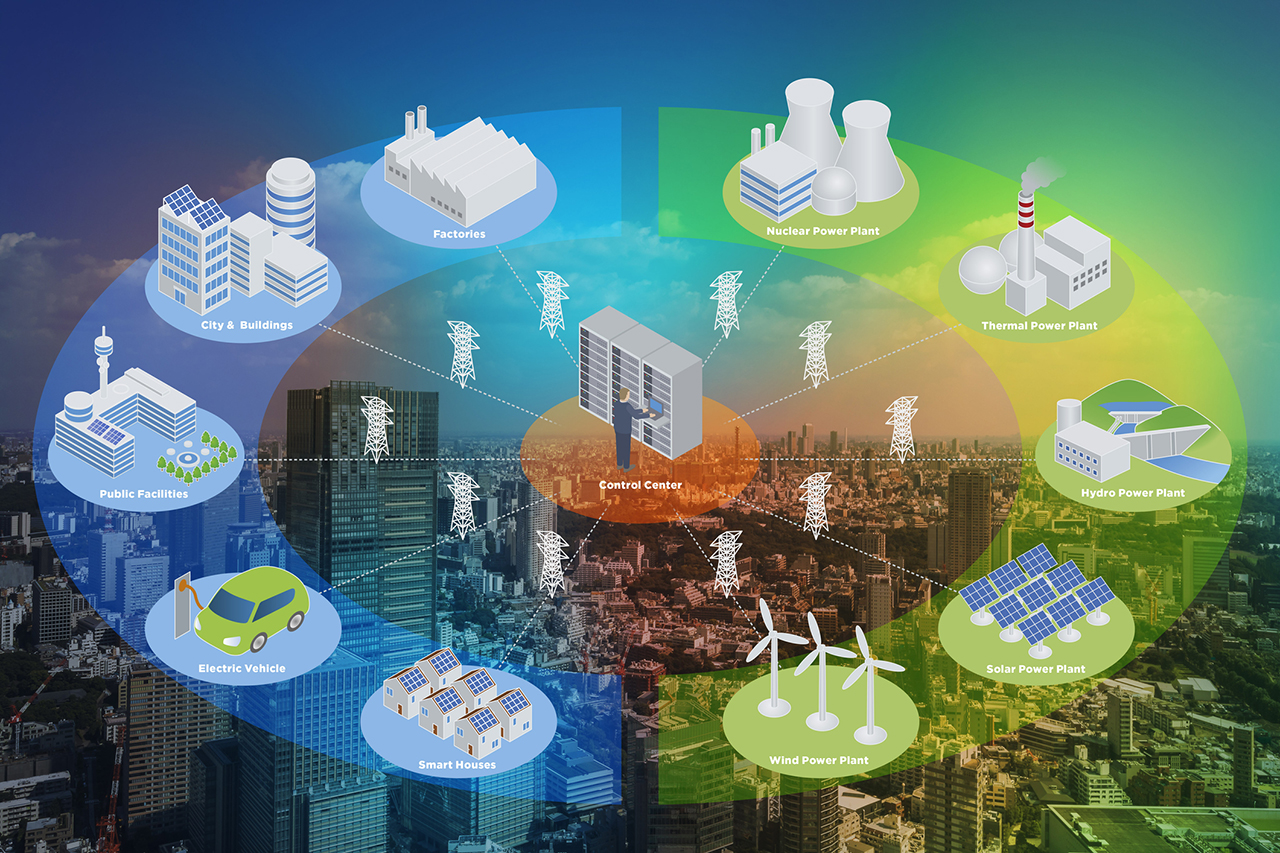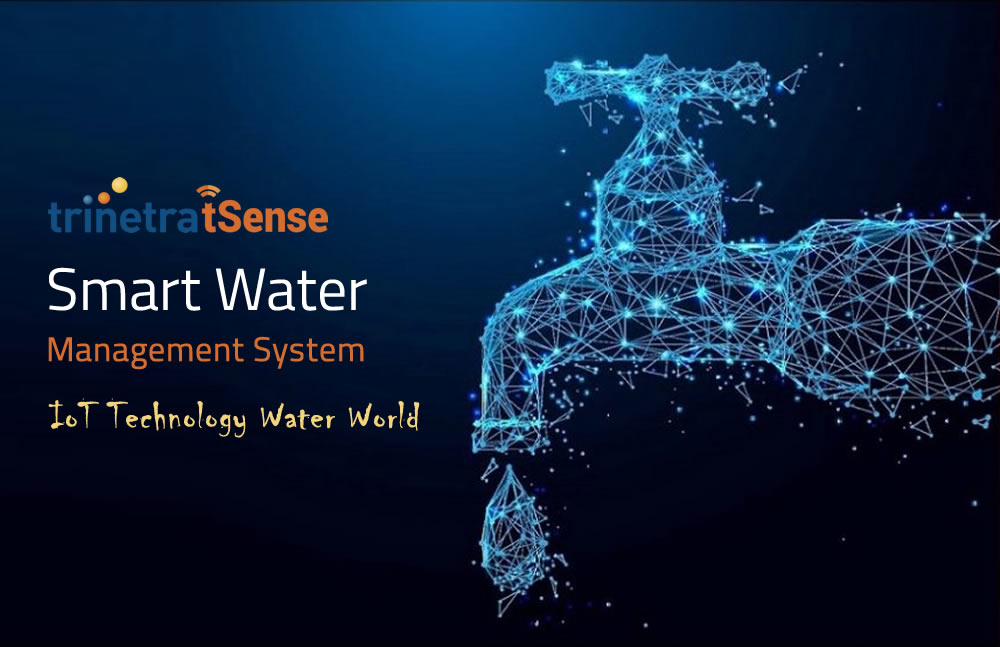Smart Water Management Using Iot Presentation
| Introduction to Smart Water Management using IoT | ||
|---|---|---|
| Smart water management refers to the use of IoT technology to monitor and control water usage efficiently. IoT devices such as sensors and meters are installed in water infrastructure to collect real-time data. This data is then analyzed to improve water conservation and reduce wastage. | ||
| 1 | ||
| Benefits of Smart Water Management | ||
|---|---|---|
| Improved water efficiency: IoT devices enable accurate measurement of water usage, allowing for optimization and reduction of water wastage. Real-time monitoring: IoT sensors provide continuous data on water quality, pressure, and flow, enabling quick detection of leaks or abnormalities. Cost savings: By reducing water wastage and improving efficiency, organizations and individuals can save on water bills and operational costs. | ||
| 2 | ||
| IoT Sensors in Water Infrastructure | ||
|---|---|---|
| Flow sensors: These devices measure the rate of water flow in pipes, allowing for accurate monitoring and detection of leaks. Water quality sensors: IoT sensors can measure parameters such as pH, turbidity, and temperature, ensuring the quality of water supplied. Pressure sensors: These sensors monitor water pressure in pipes, helping to detect any issues or abnormalities in the distribution network. | ||
| 3 | ||
| Real-Time Data Analysis | ||
|---|---|---|
| Data analytics platforms process the collected data from IoT sensors to provide actionable insights. Machine learning algorithms can identify patterns and anomalies in water usage, enabling detection of leaks or unusual consumption. Real-time alerts can be sent to stakeholders, allowing for immediate response and preventive actions. | ||
| 4 | ||
| Water Conservation Strategies | ||
|---|---|---|
| Demand-based irrigation: IoT sensors can monitor soil moisture levels and weather conditions, optimizing irrigation schedules and minimizing water usage. Leak detection: Real-time monitoring of flow sensors enables timely detection and repair of leaks, reducing water wastage. Behavioral modification: By providing real-time feedback on water usage, IoT devices can influence behavior and encourage water conservation. | ||
| 5 | ||
| Smart Water Metering | ||
|---|---|---|
| IoT-enabled smart water meters provide accurate and automated measurement of water consumption. Users can access real-time data on their water usage via mobile apps or web portals, promoting awareness and conservation. Smart metering also enables remote reading and billing, reducing manual effort and errors. | ||
| 6 | ||
| Smart Grid Integration | ||
|---|---|---|
| Integration of smart water management with smart grids allows for better optimization and coordination of energy usage. IoT sensors in water infrastructure can communicate with smart grid systems to adjust water pumping and treatment operations based on electricity demand and pricing. This integration ensures a more sustainable and efficient use of resources. | ||
| 7 | ||
| Case Study: Barcelona's Smart Water Management | ||
|---|---|---|
| Barcelona implemented a smart water management system using IoT technology. IoT sensors were installed in water distribution networks, enabling real-time monitoring of water flow and quality. The city reduced water leakage by 25% and achieved significant cost savings through efficient water management. |  | |
| 8 | ||
| Challenges and Future Outlook | ||
|---|---|---|
| Data security and privacy concerns: Protecting the data transmitted by IoT devices is crucial to maintaining the integrity of the system. Integration with existing infrastructure: Retrofitting IoT devices into legacy water systems can be challenging and require careful planning. Continued advancements in IoT technology and data analytics will further enhance smart water management capabilities. | ||
| 9 | ||
| Conclusion | ||
|---|---|---|
| Smart water management using IoT offers numerous benefits, including improved efficiency, cost savings, and water conservation. By leveraging real-time data and analytics, organizations and individuals can make informed decisions to optimize water usage. Continued investment and innovation in IoT technology will drive further advancements in smart water management. | ||
| 10 | ||
